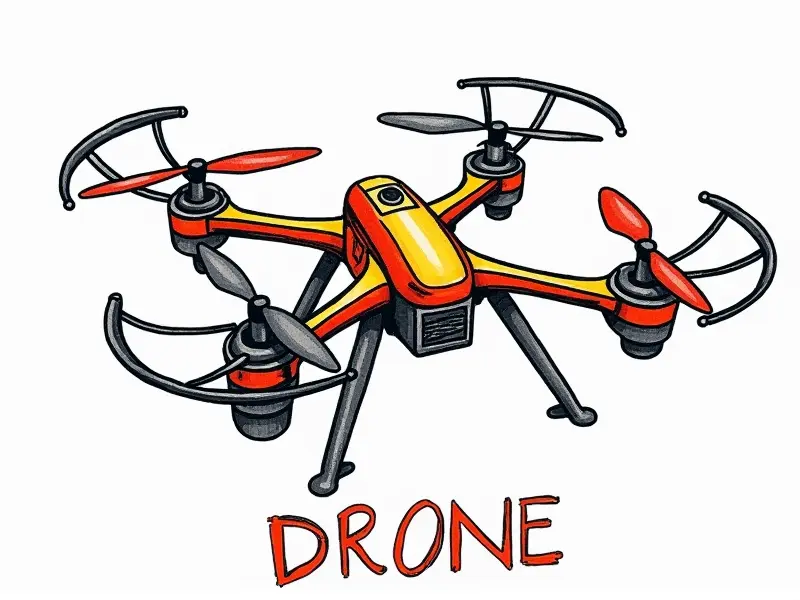Drone flight testing procedures

Essential Steps for Drone Flight Testing
Mastering Drone Flight Test Checks
- Pre-Flight Inspections: Before taking off, conduct a comprehensive inspection of your drone's hardware and software to ensure everything is functioning correctly.
- Software Updates: Ensure that all firmware and software updates are installed to take advantage of the latest features and bug fixes.
Beginner's Guide to Drone Testing
New drone users often find themselves overwhelmed with the technical aspects of flight testing. This section provides a step-by-step guide for beginners, covering everything from basic pre-flight checks to advanced performance evaluations.
Top Tips for Safe Drone Testing
- Choose an Appropriate Location: Always test your drone in open areas away from people and obstacles. Avoid testing near airports or restricted airspace.
- Weather Conditions: Check the weather forecast before flying to ensure conditions are suitable for safe flight operations.
Optimizing Your Drone Before Flying
To maximize your drone's performance, it is crucial to optimize its settings and components. This includes calibrating sensors, adjusting propellers, and fine-tuning the control system.
Drone Pre-Flight Checklist Explained
- Battery Check: Ensure that your drone's battery is fully charged before each flight.
- Propeller Inspection: Inspect propellers for any signs of damage or wear and tear. Replace damaged components immediately.
Ensuring Safety in Drone Flight Tests
Safety should always be the top priority during drone flight testing. Follow these guidelines to minimize risks and ensure a safe testing environment:
- Emergency Protocols: Have an emergency plan in place, including procedures for dealing with equipment malfunctions or unexpected weather conditions.
- Visual Line-of-Sight (VLOS): Maintain visual contact with the drone at all times to monitor its flight path and respond quickly to any issues.
Drone Performance Evaluation Techniques
To assess your drone's performance accurately, use these techniques:
- Flight Logs Analysis: Review flight logs for data on battery life, altitude, speed, and other critical metrics.
- Video Recording: Record flights to review footage later and identify areas for improvement.
Effective Drone Pre-Flight Checks
Conducting thorough pre-flight checks is essential to prevent accidents and ensure your drone operates at peak performance. Here are some key points to consider:
- Visual Inspection: Check for any visible damage or wear on the drone's body, propellers, and other components.
- Control System Test: Verify that all controls respond correctly before initiating flight operations.
Step-by-Step Drone Flight Testing Guide
This guide provides a detailed step-by-step process for conducting drone flight tests, from pre-flight preparations to post-flight evaluations:
- Preparation Phase: Gather necessary equipment and tools. Review the user manual and familiarize yourself with your drone's features.
- Inspection Phase: Perform a thorough visual inspection of the drone, including propellers, sensors, and other critical components.
Common Mistakes in Drone Flight Testing
Avoid these common mistakes to ensure your flight tests are successful:
- Inadequate Pre-Flight Checks: Skipping or neglecting pre-flight inspections can lead to equipment failure and safety hazards.
- Lack of Familiarity with Controls: Not understanding how to operate the drone's controls properly can result in poor performance and accidents.
Conclusion
Drone flight testing is a vital process that ensures your UAV operates safely and efficiently. By following the steps outlined in this guide, you can conduct thorough tests while minimizing risks and optimizing performance. Remember to prioritize safety at all times and always adhere to local regulations and guidelines.

